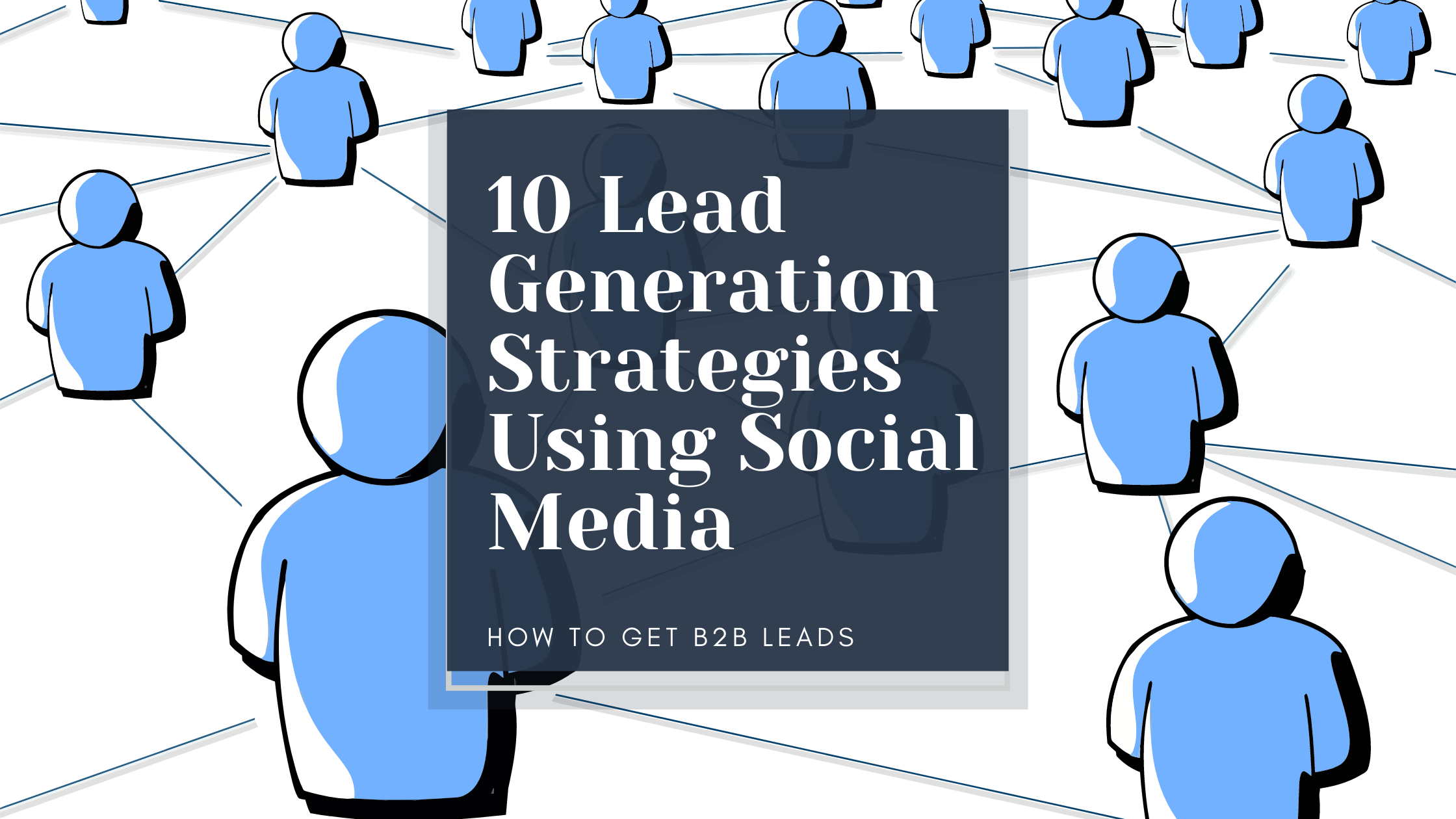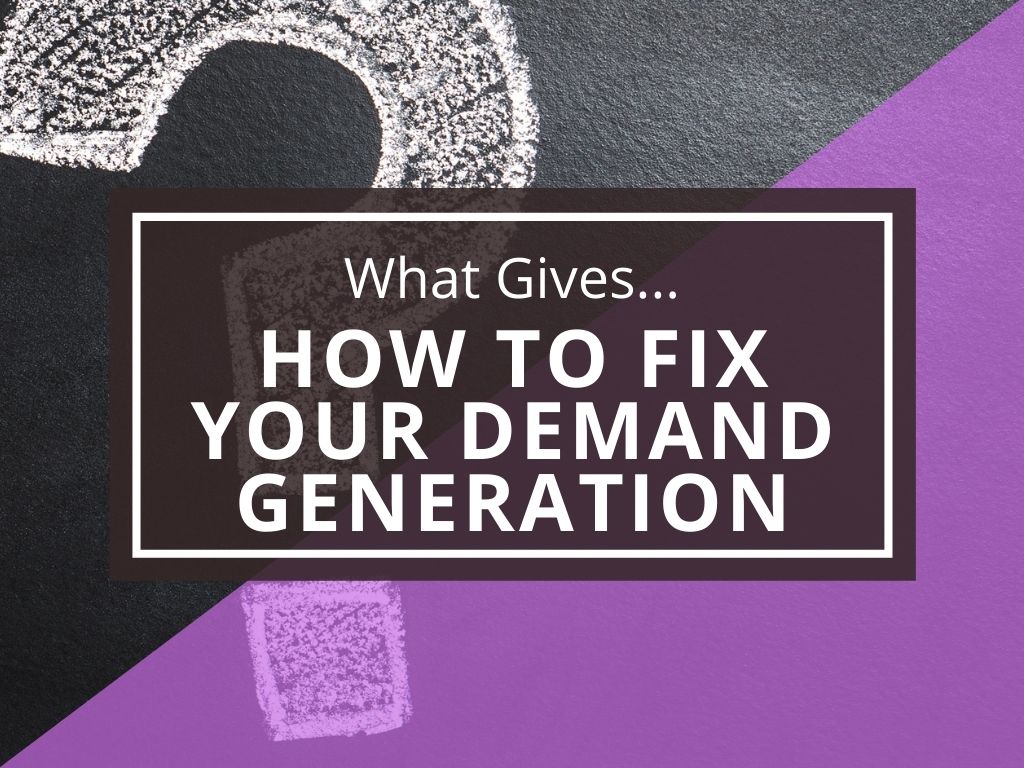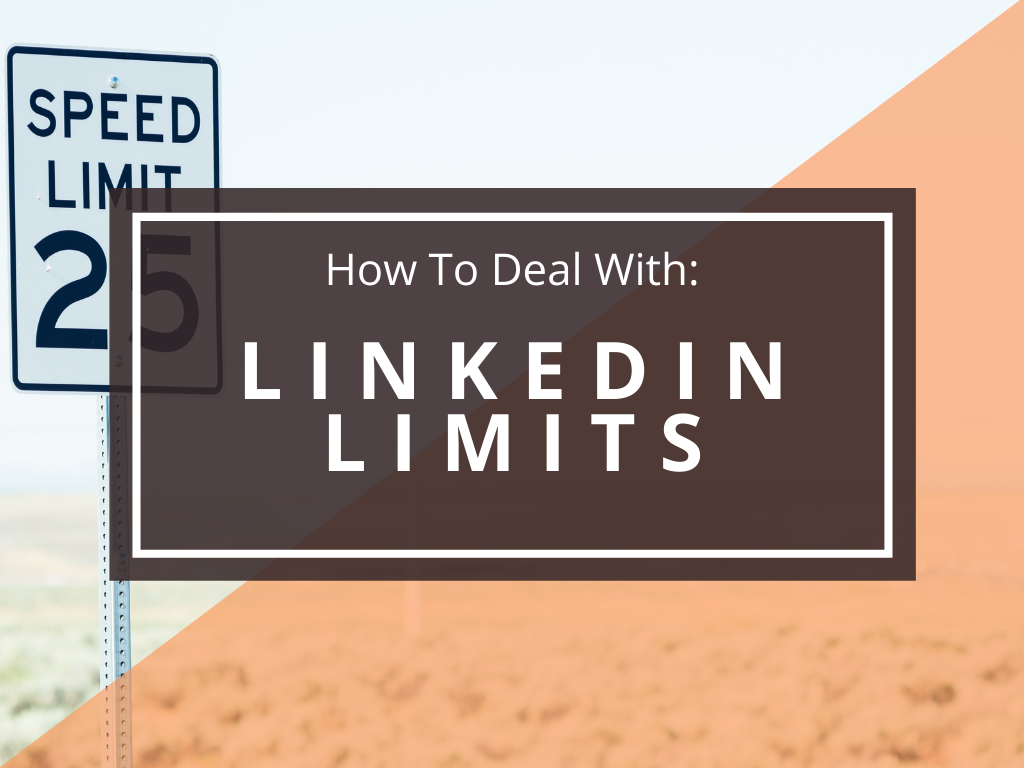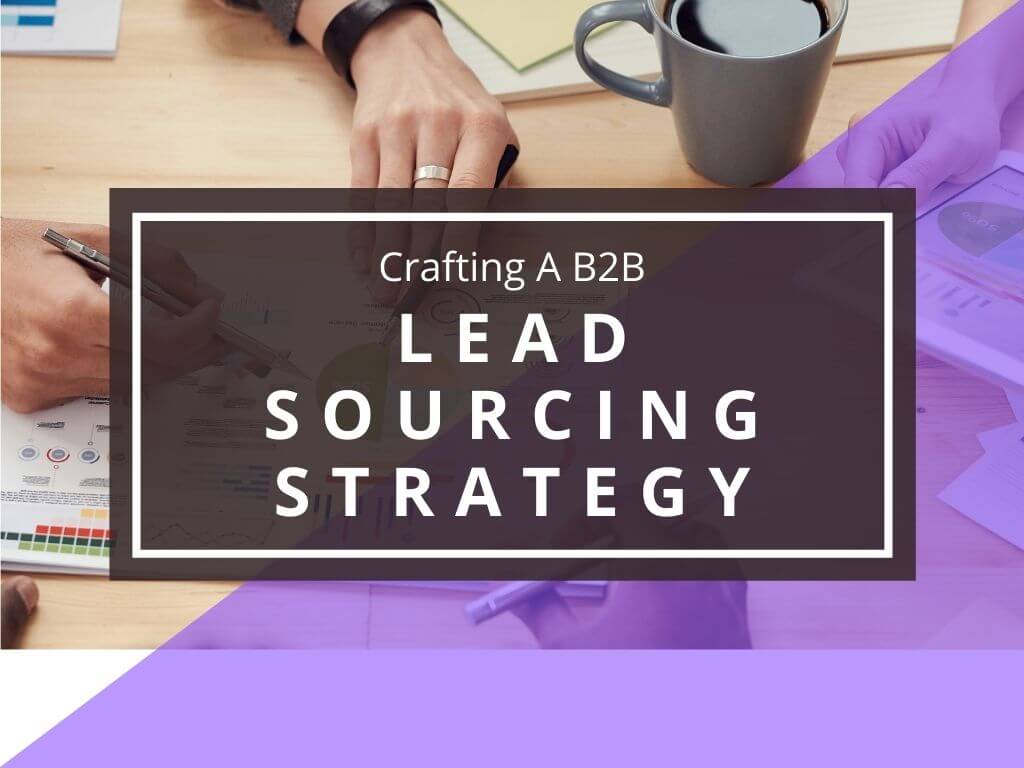A recent study by Radicati indicates that nearly 128 million business emails are sent and received daily.
In spite of this, some market managers find it challenging to get their cold emails into recipients’ inboxes to boost outreach and promote lead generation.
Low deliverability rates make it more likely that your email will end up in spam. It is an important metric for an effective cold outreach campaign.
Why does email deliverability matter?
Email deliverability is a process with a set of steps that happen as your email travels to the recipient’s inbox.
It is a complex metric influenced by several factors, including the service provider, the recipient’s domain, and the IP address.
At first glance, everything seems to be simple. You hit the “send” button and wait until your email appears in prospects’ inboxes.
The truth is that it undergoes a thorough evaluation before it is granted access to your inbox.
Cold email deliverability is like credit scores. When you have a good reputation, recipients get your messages, but a bad reputation blocks them.
Image link
It doesn’t matter how good your email message is, if it ends up in spam, you won’t get qualified leads for your sales outreach.
Validity link published recent research showing the average deliverability rate globally is 83 %, regardless of the email provider.
Image link
Nearly 7% of emails commonly end up in the spam folder, while 10% are simply missing because of technical issues.
It means that 17% of your emails never get to recipients’ inboxes, and you’re losing out almost a fifth of your revenue.
No matter what your job is, reaching your clients’ inbox is always important. In this post, we’ll share some tips for improving email deliverability and driving the sales process.
So whether you’re just starting out with cold outreach or you want to improve your results while sending messages, keep reading!
Outbound prospecting and email outreach
Cold emailing is one of the oldest and most popular methods of business outreach. It’s relatively cheap, effective, and has a large reach.
Nowadays, some marketers consider social media more effective for outbound prospecting than cold emails, but the numbers show that email is still the most effective way to connect with prospects.
Here are some of the reasons why you should consider outbound email marketing:
1. Hubspot data reveal that 81% of B2B marketers prefer cold emails, because they bring great ROI, generating $42 for every $1 spent.
2. Cold email is 45x more likely to be seen than a social media post.
3. Nearly 22% of emails are opened within an hour of being sent.
4. Statistics also show that cold emails are the preferred channel for promos, with 60% choosing it over social media, and the conversion rate of cold emails is much higher, 6,05%, than social media posts, 1,9%.
5. Nearly 3,8 billion people start their day checking their email.
6. The average open rate for business email is from 14% to 23%, whereas the average open rate is 22,1%.
7. Customized subject lines can boost open rates by 45,5%.
8. Multiple email attempts and multiple contact lists increase response rates by 160%.
Sending outbound emails to prospects’ inboxes may be the most effective method for achieving success in sales outreach.
Effectiveness of cold email campaigns and why your cold outreach is ineffective
Campaigns using cold emails deliver high ROI, increase conversions, and boost revenue. Cold emails have a high open-rate, and the number of email users is expected to grow to 4,2 billion by 2022.
Despite it, you may notice that some of your cold email campaigns may still underperform.
Most salespeople make mistakes, which undermine the effectiveness of their outbound campaigns, and the following tips may help you avoid them.
Deliverability rate
As a first step, ensure that the deliverability rate is at least 95%, as anything less may create a problem.
Generally, there are several warning signs that precede delivery problems. Check the bounce rates first. High bounce rates indicate domain issues.
Another sign is your email complaint rate exceeding 0.2%.
Keep an eye on your open rates. Especially when they drop dramatically at a particular mailbox provider. Follow their performance.
Abuse reports may also significantly decrease your deliverability rates. Every time a recipient flags an email as spam, it is added to the abuse report.
Recipients commonly press the spam button, when a message does not bring value to them. They don’t have time to figure out the gist of the long and complex emails.
The wrong timing is another reason why emails get categorized as spam. Emails should be tailored to the buying cycle.
You may be regarded as an unreliable sender if you have a high abuse report rate. It should not exceed 0.5%.
Often, when we talk about email deliverability, we refer to SPF and DKIM records.
The Importance Of Spf And Dkim Records
The Sender Policy Framework, otherwise known as spf records, is an email authentication protocol that allows domain owners to specify the mail servers that will be used to send emails.
The spf records list the IP addresses, which are authorized to send email on behalf of a specific domain.
You will undergo a spf check and if the IP address is good, then the email is listed in the spf record.
Let’s now look at dkim records and their importance for email deliverability rates.
Dkim records stand for Domain Keys Identified Mail. In this protocol, the email providers take responsibility for verifying emails sent.
Unlike, spf records, dkim records utilize cryptographic authentication.
Dkim records make the company responsible for the message while it is in its travel to the recipient’s inbox. A company’s domain with a poor reputation is more likely to be blacklisted.
Spf and dkim records are important, so be sure you have these set up properly before sending emails.
Bounce rate and outreach success
Bounce rate is another crucial deliverability metric affecting email outreach.
First, let’s learn what a bounce email is.
This message indicates that an email did not reach its intended recipient. 2% bounce rate means that out of 100 emails you send, 2 bounce back.
Emails can bounce for a variety of reasons. The top three types of bounce backs that disrupt the delivery rate are:
a) soft bounce emails: emails that bounce when the server rejects them temporarily. It is often caused by a full mailbox, a broken server, or an email with a large attachment.
b) hard bounce emails: emails that are permanently rejected. Fake email addresses and blocking are common causes.
c) blocklisted emails: such emails are filtered due to harmful or exploitative content.
Approximately 85% of daily emails are considered spam. The most common reasons for blocking your email are spam complaints, high bounce rates, high email volume, and spam words.
Deliverability is negatively affected by rates over 5%. The average bounce rate in email marketing is 1,29%.
The high bounce rate undermines deliverability; therefore, scrubbing email lists is essential to avoid blocking and spam filters. Signs that you should scrub your list include:
1. Low open rates;
2. Low click-through rates;
3. High bounce rates;
4. Increased number of unsubscribed;
5. Increased spam complaints.
Scrub email lists with cleaning software. Erase inactive recipients and send emails to those that are interested.
Good domain reputation
Domain reputation is a third factor, which you have to consider while improving the success of your email outreach.
It’s important, as each internet service provider (ISP) estimates the reputation before making a delivery decision. There exist two types of reputation:
1) IP reputation – the reputation may depend on whether you’re sending the email from a shared IP. The actions of other senders may influence the IP.
2) Domain reputation – it is the overall health of your domain, influenced by engagement, spam complaints rate, spam traps, and bounce rates.
A good domain reputation is essential for ensuring high delivery rates and the success of outbound outreach.
How to keep a good domain reputation?
There is no way to buy or transfer domain reputation here, only earn it. Scores may range from 0 to 100.
The health and condition of a branded domain directly depend on the domain reputation score.
Low domain reputation results in low inbox placement.
Domain reputation is commonly affected by the key factors that include:
1. Blacklisting: A domain may be blacklisted if it consistently receives spam complaints. This adversely affects the domain reputation;
2. Spam traps: These’re fake email found on hidden websites that operate blacklisting services. Spam trapped emails cannot be delivered.
3. Domain age: Anti-spam filters usually check the domain age and it is important to warm it up.
Steps to improve your domain’s health
♦ Decrease email sending frequency:
– To improve the domain reputation, it is important to ramp up email sending over a period of time, and to down your email campaign when necessary.
– Taking these actions will increase click-through rates and response rates since the emails will go to the most engaged customers.
♦ Clean your email list:
– You need to make sure that you move the emails that haven’t received replies for more than three months. Develop a list of customers who are eager to see your emails.
♦ Avoid spammy lists:
– Drops in deliverability rate indicate a risk that your emails are being filtered into spam. Nearly 21% of marketing emails never reach the inbox.
– Only 1% of emails from low-reputation domains are delivered.
Here are some tips that may help you avoid spam lists:
♦ Use confirmed opt-in to ensure it engages recipients;
♦ Implement sunset policy to avoid spam traps;
♦ Apply real-time address validation to reduce the risk of false emails or typos in your email list.
Besides using the practices discussed above, try developing personalized cold emails to increase the deliverability rate and promote the success of outbound outreach.
Tips for crafting personalized cold outreach messaging
Email personalization is important for businesses. It’s not just about inserting the right personal information, it’s about catching the recipient’s attention and discussing topics they will find interesting.
Personalization is about research, segmentation, and careful crafting of your email campaign.
62% of customers want marketing content that speaks to their pain points. It is vital to discover exactly what your customer wants.
Qualitative market research can provide you with the necessary data.
Image link
When you get the necessary data, the next step is developing cold email campaign.
Crafting Cold Emails
The Subject Line – although small in word count, it holds a lot of marketing power.
- Make the subject line as specific as possible, use numbers. Subject lines with numbers get 45% higher open rates.
- A recent study shows that personalized subject lines increase the open rates by 26%.
Image link
3 Cold Email Subject Lines that get above 35% open rates
– “[Introduction], [Name]”
– “Quick request”
– “Looking to connect”
– “[Their Company Name]
The Body Message
Consider the following approaches when developing the main body of your cold message:
1. Whenever you are emailing a high-ranking person in an organization, you should ask for the right person’s reference;
2. Design an individual call to action for each email recipient to evoke the necessary emotions.
In general, make sure to use the following tips:
- Keep it short: 75-100 word emails get the highest response rate;
- Give reason to reply: make sure your email doesn’t look spammy and gives your recipients much value. Don’t forget about the call to action, as it can increase the response rate to 30%;
Image link
- Start a conversation – Save selling for later: Be polite and don’t be pushy. False friendliness in a cold email is always a bad idea.
- Keep track in your CRM and follow up: follow-up emails typically get 18% higher response rate.
3 Cold Email Templates to Generate Leads For Your Sales Team
Template 1
Hey {{First_Name}},
{{Custom First Line}}
What I’m hearing from a lot of {{Titles | Companies}} if is that they’re faced with {{Problem}}?
I would love to share what works well for [customers/clients, niche, industry] to [Achieve Priorities/goals] without having [Typical Struggles/downsides].
Interested in talking further?
Best regards,
Template 2
Hi {{First-Name}},
{{Custom First Line}}
What if you could {{insert the desired outcome}} without breaking a bank?
{{Company}} helps businesses like yours to {{insert activity}} and achieve {{benefit}}.
Does this sound interesting? I’d love to hear your thoughts!
Best regards,
Template 3
Hey {{First_Name}},
Many business leaders I talk to say they struggle with {{challenge}}. [short description of the problem]. Wonder if this is this something you also think about?
{{Company}} specializes in helping similar business clients {{insert benefit}}. I’d love to share the insights of what worked well for our clients.
Interested in talking further?
Cheers,
Take these templates and apply them to your style of communicating in whatever way it makes sense for you. These are just guidelines, not to be used word-for-word.
A Final Word
Deliverability is one of the most important aspects of your outbound outreach campaign.
Good deliverability scores combined with good messaging will get you great results! You can use it to boost your email marketing and generate more leads.
Having a high deliverability rate is essential for prospecting success. Remember, even great content strategies will become worthless if your email doesn’t get into the inbox.
At Brightest Minds, we take special steps to ensure your domain is healthy and that your messages are highly relevant to prospects and ultimately make it into their inboxes.
At the head of every outbound campaign, our top priority is to establish a good sending reputation. 80% of delivery problems stem from a sender’s email reputation.
With the best practices outlined in this blog post, you can ensure your outbound emails reach their target audience and increase the chances of a successful conversion.













